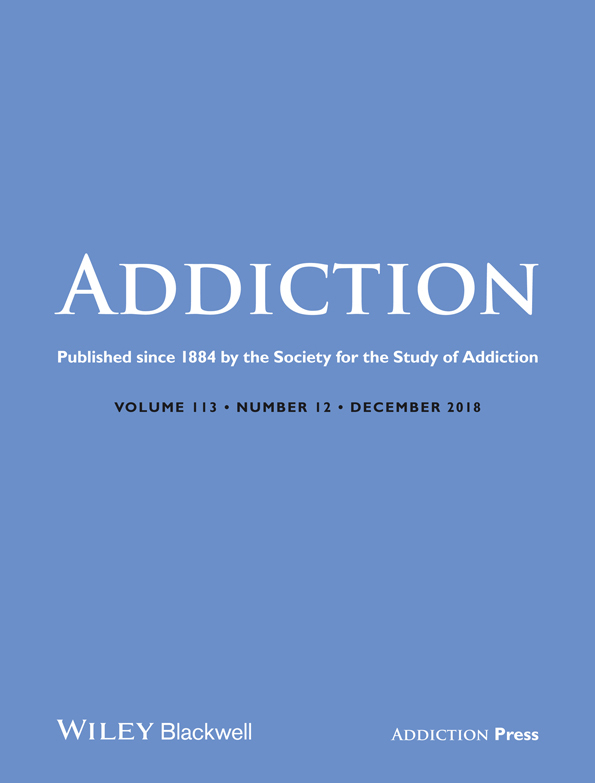 Abstract
Abstract
Aims
To determine whether cannabis use during adolescence can increase risk not only for cannabis use disorder (CUD) but also for conduct problems, potentially mediated by exposure to peers who use cannabis.
Design, Setting, Participants
Longitudinal study analyzing four waves of longitudinal data from 364 racially and socio‐economically diverse, urban, US community youth (at baseline: Mage = 13.51 (0.95); 49.1% female).
Measurements
Self‐reports of cannabis use, conduct problems, proportion of peers using cannabis and CUD criteria at the final wave were analyzed using a method sensitive to changes over development, the random‐intercept cross‐lagged panel model.
Findings
Change in cannabis use did not predict changes in conduct problems or peer cannabis use over time, controlling for gender, race–ethnicity and socio‐economic status. Instead, increases in conduct problems predicted increases in cannabis use and ultimately CUD, with some of the effect mediated by increases in the prevalence of peer cannabis use [β = 0.12, 95% confidence interval (CI) = 0.07, 0.20]. Additionally, affiliation with peers who used cannabis predicted subsequent CUD via increased personal cannabis use (β = 0.08, 95% CI = 0.04, 0.14). Significant within‐person betas for the cross‐lagged effects ranged between 0.20 and 0.27.
Conclusions
Cannabis use in adolescence does not appear to lead to greater conduct problems or association with cannabis‐using peers apart from pre‐existing conduct problems. Instead, adolescents who (1) increasingly affiliate with cannabis‐using peers or (2) have increasing levels of conduct problems are more likely to use cannabis, and this cascading chain of events appears to predict cannabis use disorder in emerging adulthood.
Authors
- Ivy N. Defoe
- Atika Khurana
- Laura M. Betancourt
- Hallam Hurt
- Daniel Romer

